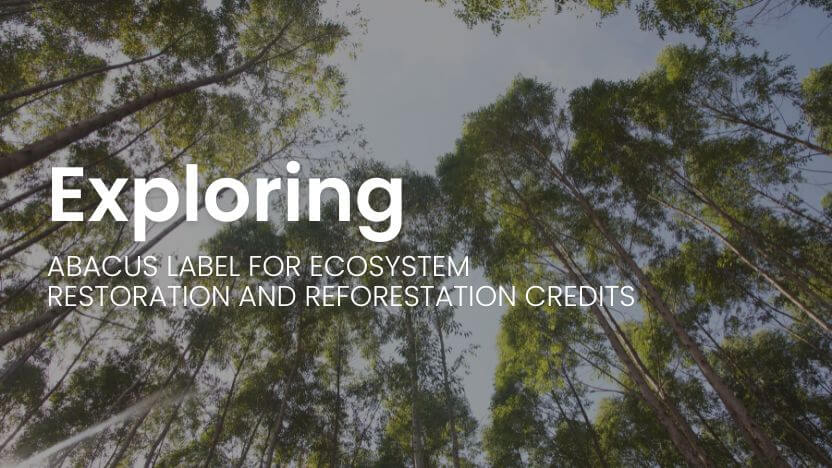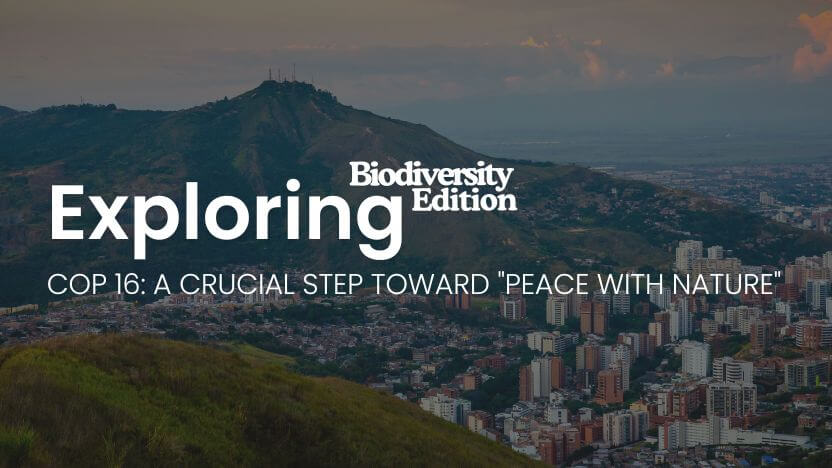How we’re regrowing a forest lost to time in Satrokala “the hat of the forest” and reviving life on the world’s oldest island.
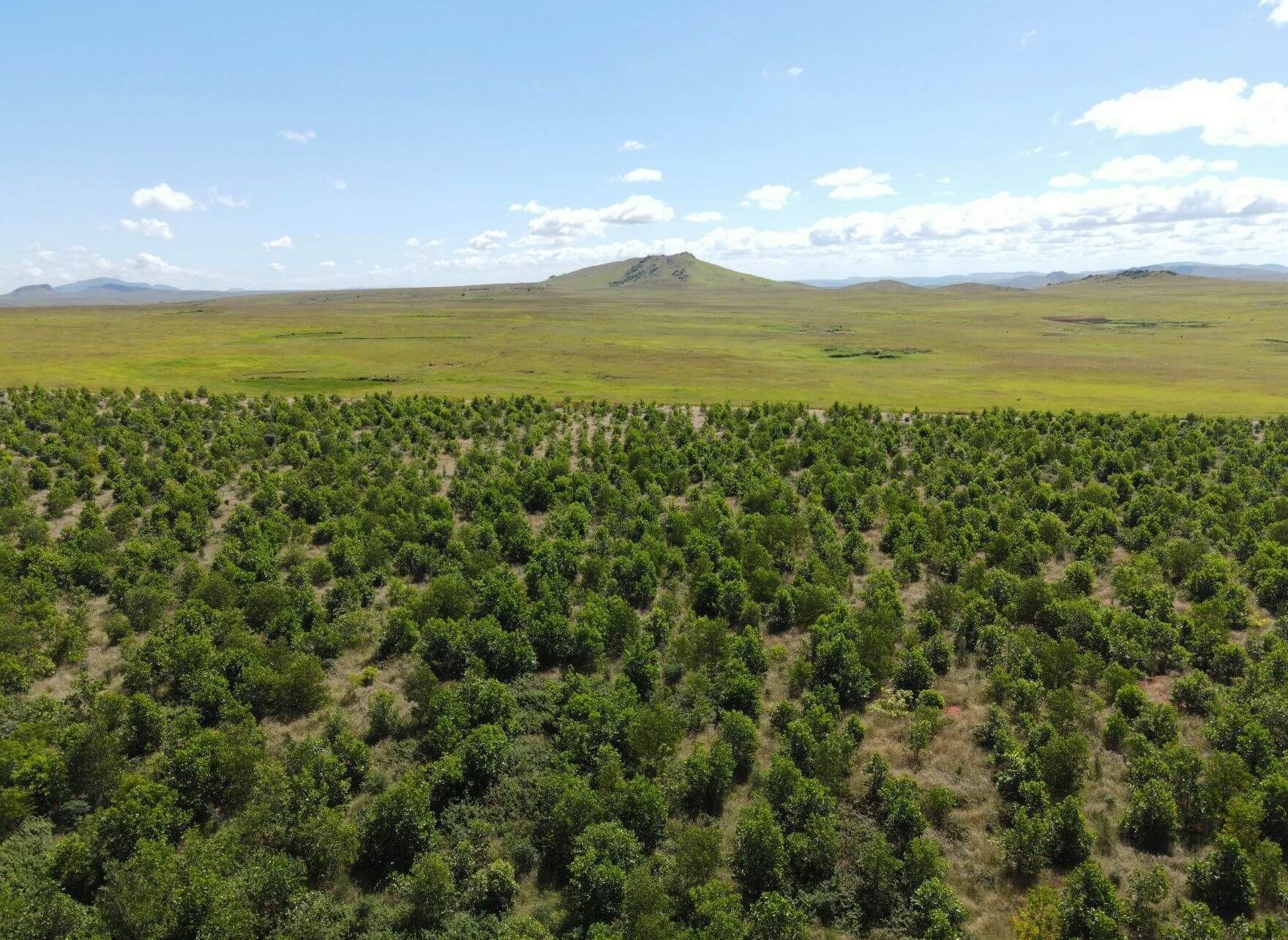


Location
Ihosy, Madagascar
Standards
VCS – Verified Carbon Standard
CCBS – Climate, Community and Biodiversity Standards
project documents
Under development
Hectares Covered
6,000 ha
Registry ID
TBD
The project in a glance
Regenerating Madagascar’s dry forests
We plant to restore ecosystems. We work to restore futures.

Baseline scenario
Madagascar has lost 90% of its native forests. Ancestral slash-and-burn, illegal logging, and climate extremes are pushing ecosystems to the edge.
DRIVERS
A large-scale ARR (Afforestation, Reforestation, Revegetation) project targeting 6,000 hectares in the country’s fragile dry forest biome.
OUR SOLUTIONS
Multispecies reforestation, agroforestry, biodiversity corridors, and direct community employment, including 20% women workers.
Expected OUTCOMES
Revitalised habitats, improved livelihoods for 1,000+ people, restored water cycles, and 1+ million tons of projected CO₂ captured in 40 years.
BASELINE SCENARIO
Reviving life in the world’s oldest island
Core goals
Restoring dry forest ecosystems
Strengthening local livelihoods
Reconnecting critical habitats
Madagascar, the oldest island on Earth, has remained ecologically isolated for 80 million years—home to lemurs, baobabs, and biodiversity found nowhere else.
But after centuries of deforestation and environmental degradation, only 10% of its original forest remains. Slash-and-burn farming, illegal rosewood logging, overgrazing, and worsening droughts have left the land red and bare.
Satrokala is reversing that trend.
By planting over 40 climate-resilient species, including native species, CCC and its partners are restoring 6,000 hectares of tropical dry forest—creating not just canopy, but complexity: food webs, corridors, resilience.
This is far from being just an environmental intervention. It’s a socioeconomic one. Over 200 jobs will been created, with 20% held by women. Agroforestry techniques are being implemented to bring fruit, fuel, and food security. Schools and clinics will benefit from the project and water access and rural electrification will expand.
And all of this without irrigation, leveraging native species alongside resilient varieties, carefully selected for their ability to thrive in some of the harshest conditions on Earth.
Satrokala proves that climate action and community well-being don’t have to be separate goals—they can be deeply rooted in the same soil.
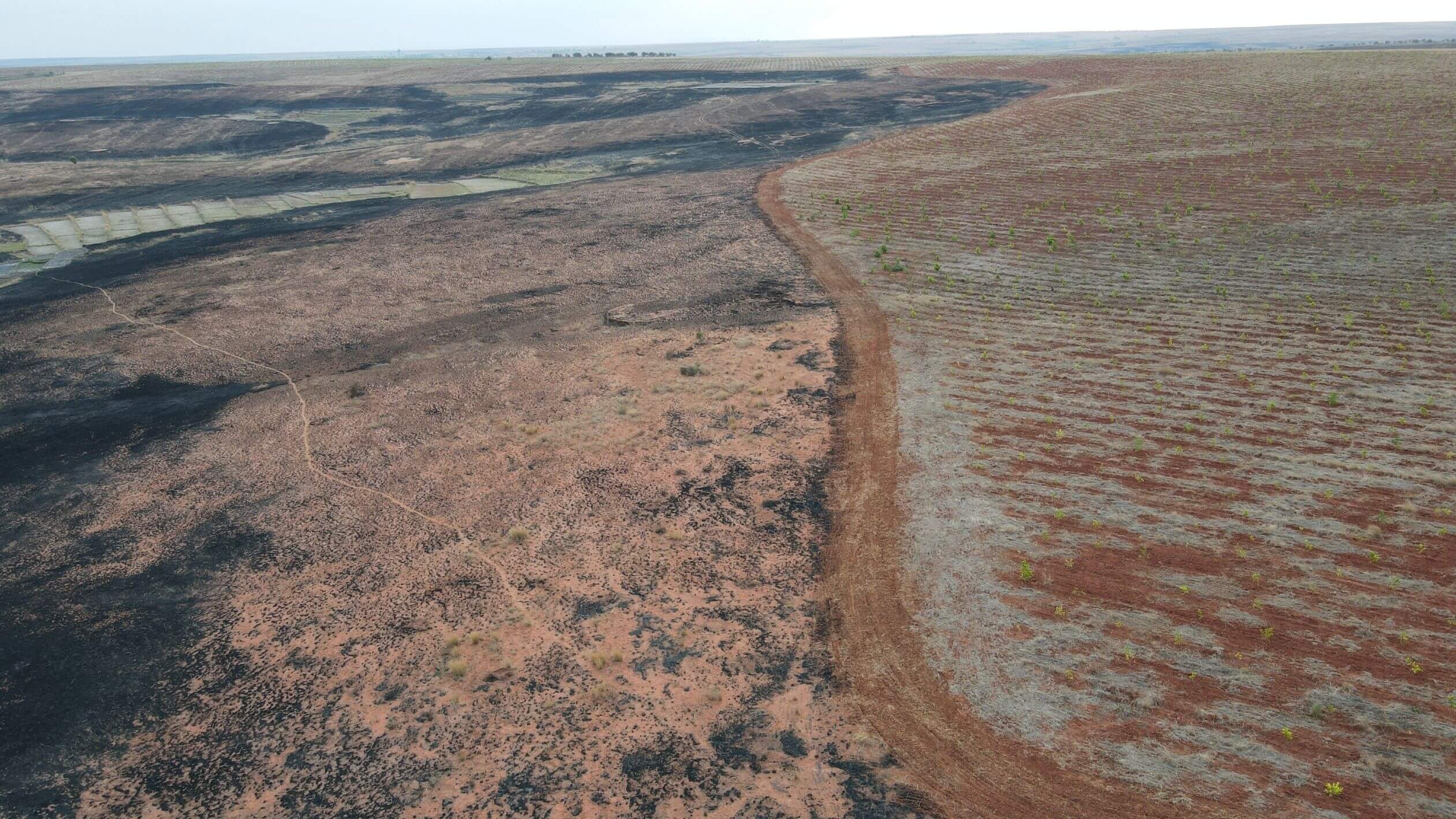
DRIVERS
Healing the land and the lives it supports
The crisis in Madagascar is complex: ecological, historical, and human. Slash-and-burn agriculture persists for lack of alternatives. Biodiversity loss is accelerating. Rainfall is vanishing.
Satrokala tackles all these layers together. It brings scientific rigor to reforestation, community-led conservation to daily life, and measurable climate results that are felt beyond the forest.
1
Ancestral deforestation
Traditional slash-and-burn farming still clears vast areas of land, undermining restoration efforts.
2
Climate vulnerability
Severe droughts, bushfires, and extreme weather events threaten both ecosystems and local livelihoods.
3
Livelihood loss
Communities suffer from degraded land, food insecurity, and lack of access to water, jobs, or opportunity.
6,000
Hectares of reforestation
3.2 Million
trees planted
SOLUTIONS
Reforestation that goes beyond carbon
Forest recovery
Over 6,000 hectares are being reforested with 40+ drought-resistant tree species.
Species and locations are selected based on botanical surveys, growth modelling, and on-the-ground field data.
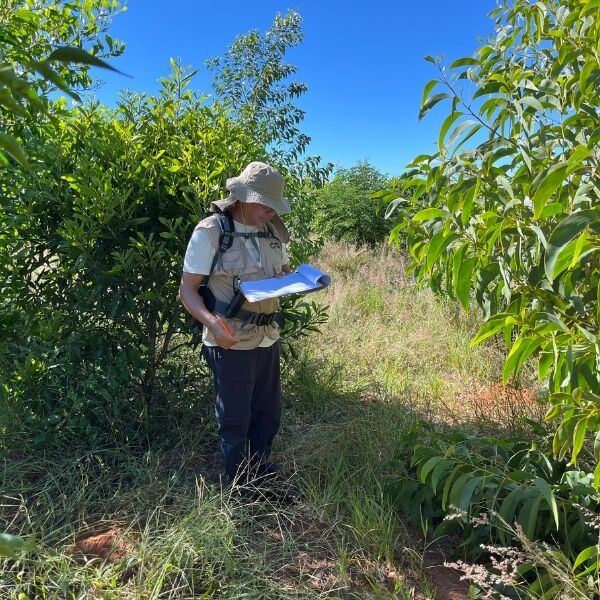
Agroforestry
Local communities are trained in regenerative techniques that rebuild soil health and fertility.
These practices yield fruit, food, and timber—supporting both livelihoods and ecosystem restoration.
The approach balances economic resilience with long-term environmental stewardship.

Community-led employment
Over 200 jobs have been created through the project, with 20% held by women.
Local teams are responsible for nursery management, tree planting, and ongoing forest monitoring.
Employment is rooted in the community, building long-term capacity and ownership.

Biodiversity revival
Habitats are being restored and reconnected for endemic species like lemurs, reptiles, birds, and key pollinators.
Biodiversity surveys will track the return of native species as ecosystems recover.
These corridors support ecosystem balance and long-term species survival.

Social infrastructure
Project efforts go beyond carbon sequestration to address everyday needs.
Improved access to healthcare, clean water, and education is a key project goal.
Rural electrification, initiated by partners, is expected to expand alongside project activities.

EXPECTED OUTCOMES
Environmental
We are bringing a forest back to life.
- Over 4,000 hectares already reforested, out of a 6,000-hectare goal
- 40+ tree species reintroduced
- Projected capture of 1.1 million tons of CO₂ in 40 years
Social
We are investing in people
- 1,000+ people benefit from improved livelihoods
- 200+ jobs created, 20% held by women
- Free healthcare, agroforestry income, and better living standards
Biodiversity
We will rebuild a home for species found nowhere else on Earth.
- Critical habitats for endangered species are being restored
- Ecological corridors are being reconnected
- Over 40 tree species planted
- Species richness and abundance expected to increase










Insights
dive deeper in the project
Insights
14/05/2025
ABACUS label for Ecosystem Restoration and Reforestation Credits
Insights
14/05/2025
COP 16: A Crucial Step Toward “Peace With Nature”
